Penguino wrote: Tue Sep 16, 2025 2:01 am
1. My new job offers a 401k and governmental 457b (both with roth options). There is no matching offered with either.How should I rollover my traditional 401k balance with my old employer? Convert to roth first then rollover or just rollover the traditional balance?
You’ll need to research whether the current plan offers “in-plan conversions” of an existing balance or just new contributions to either Trad, Roth, or both. If the new plan doesn’t offer in-plan conversions, the old 401k does, and you have determined that a Trad->Roth conversion make sense for you (I’m not convinced, but it’s your money & tax-bill), then you would convert to Roth first, then rollover “in” to the new Roth 401k plan.
Why do you want to convert a Trad balance to Roth at age 25 (with about a $25K balance)? Traditional accounts are the preferred location to hold your 10% bond allocation (which will increase as you age … or at some point in your future), so having a Trad balance is not inherently bad. See the Wiki topic on Roth Conversion: Whether, When, and How much?.
Given that there’s no preference, since neither offers an employer match to your contributions, I’d probably max out the 401k and if you still have savings bandwidth, then max out the 457b. When I say “max out” that still means being able to contribute the full $7K to a Roth IRA each year.
In the Passive Manage Fund offerings these seem fine:
US Stock: Black rock large cap index fund (ER 0.01%)
Int’l Stock: Northern Trust international index fund (ER 0.05%)
US Bonds: None Listed
Do you not have access to a low-cost US bond index? Do you have access to the State Street funds that the TDFs invest int (e.g., State Street US Long gov’t bond index)? If the answer to both of those questions is “no,” then you might need to look into the self-directed brokerage option through the Schwab Personal Choice Retirement Account and in particular if there’s an added annual fee to utilize that. With Schwab brokerage-link you should be able to pick Schwab U.S. Aggregate Bond Index Fund (SWAGX) for a bond fund (and just use the BlackRock and Norther Trust funds for US & Int’l stock).
Penguino wrote: Tue Sep 16, 2025 2:01 am
3. What is the recommended course of action for my individual Schwab account? I have made gains on all of those holdings, but I would like to have a fully Boglehead portfolio.
It’s all individual stocks so unwind them up to your “tax pain threshold” each year, until they’re gone. Put the proceeds into Schwab Total US Stock Market Index (SWTSX) and rebalance your other accounts appropriately to maintain the desired int’l exposure level as a % of all stocks. If the other accounts don’t have the space to hold enough int’l stock, then you could split the proceeds among SWSTX and Schwab International Index (SWISX) in Taxable. If @dogagility is right and you could sell the entire $8K of individual stocks with no Fed tax bill and only a 4% CA tax bill, then I’d probably do it all this year just to simplify at very little cost. “Simplicity is the master key to financial success.” — John C. Bogle
Speaking of simplicity, I agree with @dogagility that you could likely consolidate your holdings to just one brokerage: Van, Fido, or Schwab. Since your 401k/457 seem to have an affiliation with Schwab, that might nudge me towards them, but entirely up to your preference.
90/10 seems fine for a 25y old, but if want to verify your choice then do one or both of the exercises below.
Control Your Risk
1) Read the Wiki article for Assessing Risk Tolerance, take the Vanguard Investor Questionnaire, then tailor the asset allocation (AA) that was recommended by the quiz based on your knowledge of your personal risk tolerance having read the Wiki article.
2) Alternatively (or in addition to), ask “How much of a drop in portfolio value as a % of total value can I handle?” cut that % in half to get standard deviation, then lookup that std. dev. on the X-Axis of the chart below, and finally scan up to see what AA that corresponds to. As an example, if you can only stomach a -24% drop in portfolio value, that’s a ±12% std. dev, which corresponds to an AA of 60/40. The return you get is an average and you’ll get what you get with your unique sequence of returns (there’s a lot of variance in outcomes due to the associated volatility of stocks so it probably will NOT be the average, but something more or less).
a. For a long time-frame (>10 years) AAs below 20% stock are dominated (red dots) by another AA with similar risk but higher reward (blue dots).
b. The dotted line represents a hypothetical linear risk-reward from 100% stocks down to 100% bonds; the historical risk-reward curve has an improvement for risk-adjusted return due to the lack of correlation between stocks & bonds.
Vanguard’s Target Date Retirement Glide-Path Design is a also a good starting point for choosing an AA. The choice of a specific TDF year should not solely be based on age, but could be ahead or behind your expected retirement age based on your personal risk-tolerance.
Note that the same TDF in Trad & Roth will mean putting bonds in a Roth, which diminishes the tax-free earnings attribute of a Roth account. Subsequently, I’d only recommend a TDF for the most novice of investors that does not have time nor interest to learn how to spend 10-20 minutes annually to manage a 3-Fund portfolio (which offers precise control over your AA, whereas with a TDF you have very limited control by picking the year most closely matching your desired AA, but rarely is that an exact match).
A template spreadsheet (not your data) to help with asset allocation assessment and rebalance planning is linked below. Make a copy in your local GoogleSheets space to edit (or download to your local machine if you have Excel). It should only take about 10-20 minutes once a year to update your balances and plan a shuffle among funds if any deltas are off by more than ±5% (or whatever your personal rebalance threshold is).
Asset Allocation Sheet



